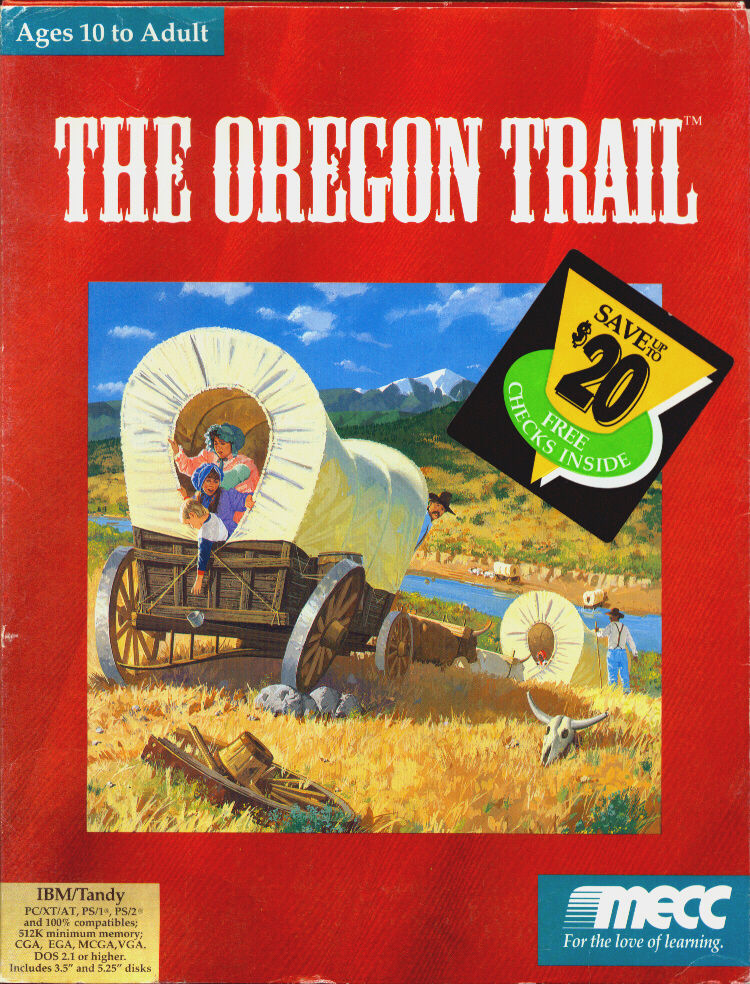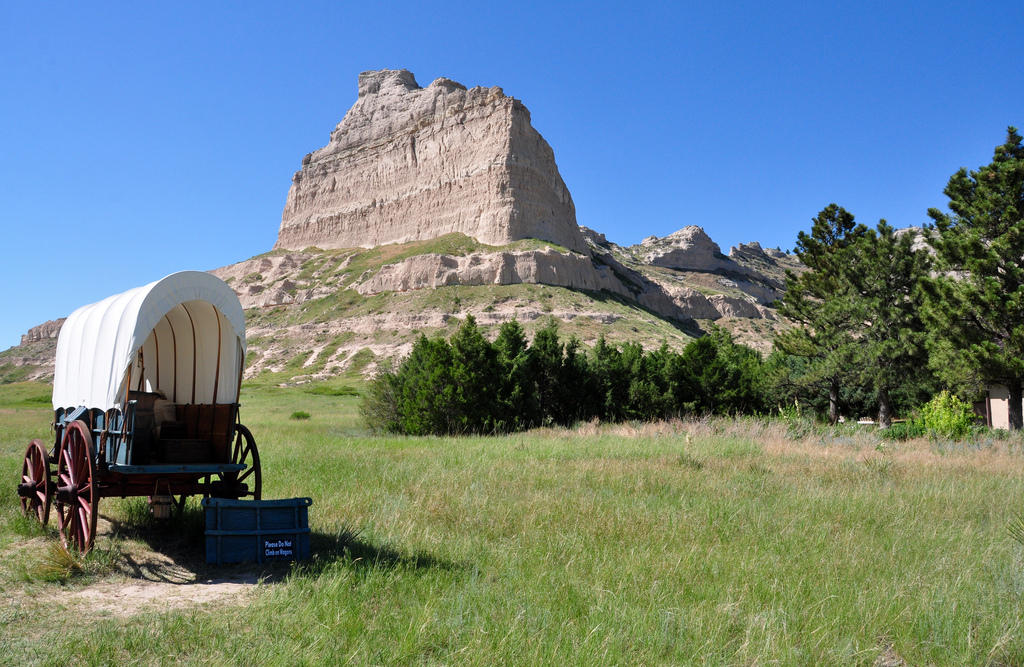

Hardships: describes the physical risks of the journey - fatigue, accidents, storms, disease, and dangerous river crossings.Power: explains why emigrants chose mules or oxen to pull their wagons.Jumping Off: describes preparations for the 2,000 mile journey.(You can also provide print-outs of these pages in classrooms with limited Internet access.) For additional insight, have students visit The Oregon Trail website on EDSITEment, focusing on the pages listed below. Describe preparations, hardships and daily lifeĪsk students to examine the pictures in light of their reading. (Click picture for larger image.)Īctivity 3. The pictures below are available through EDSITEment at National Archives Educator Resources website.

Review pictures on reenactment of the trek WestĪs a follow up to their reading, give each group a set of pictures showing a reenactment of the trek West on the Oregon Trail. " Overland Trail Lore and Early Life" at Library of Congress.Īn interview that includes "Excerpts from the published reminiscences of James Meikle Sharp, who, at the age of eight, crossed the plains with his mother and father in 1852."Īctivity 2.In Chapter One, Catherine Sager describes how she and her siblings became orphans when their family made the journey to Oregon. " Across the Plains in 1844" at New Perspectives on THE WEST.For background on these experiences, have students read a selection of the following memoirs, available through EDSITEment Websites: Working in groups, they will write a scene for the movie that is historically accurate and based on the kinds of experiences emigrants actually encountered on their way West.

What was it like to travel West on the Oregon Trail?īegin by asking students to imagine that they are producing a movie on the Oregon Trail.


 0 kommentar(er)
0 kommentar(er)
